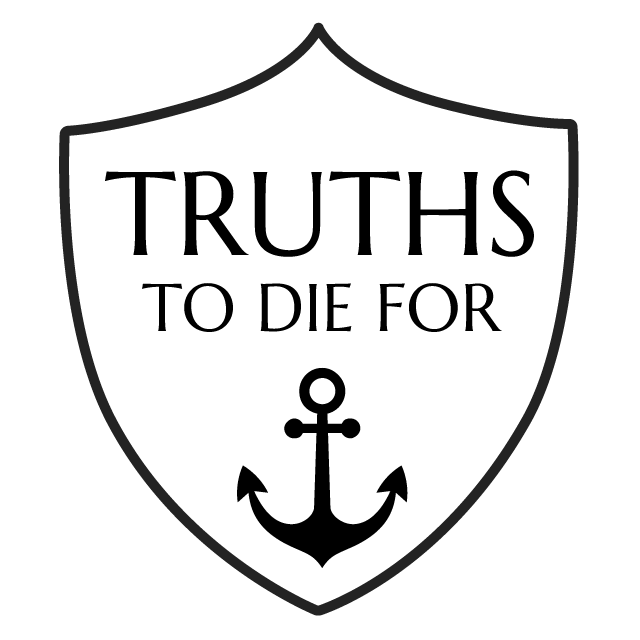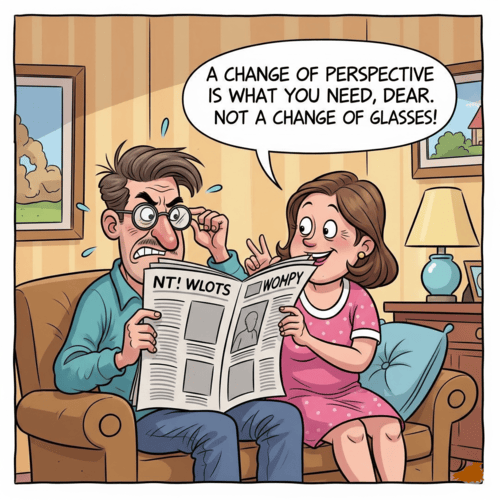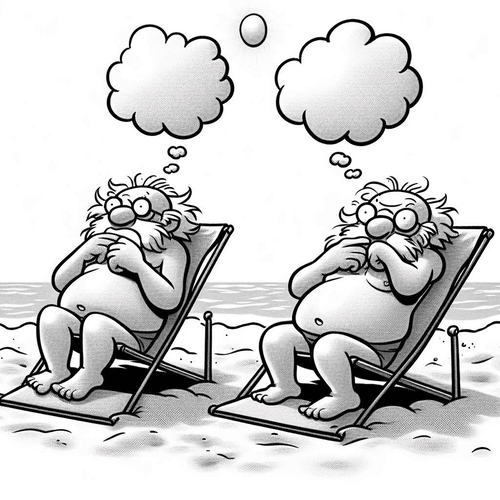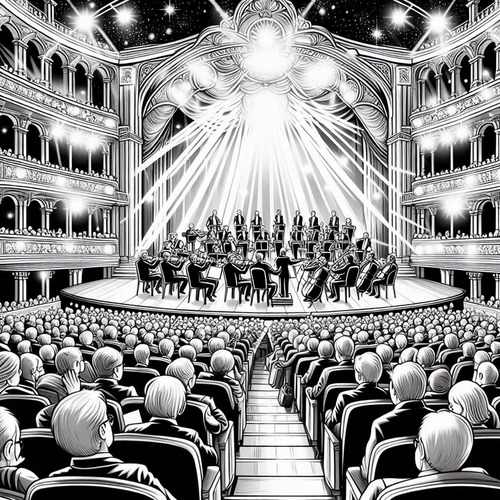‘Bad’ Design: Flaw in Nature Or Flaw in Our Perspective?
When the Eiffel Tower was first proposed, critics called it a monstrous eyesore that would ruin Paris forever. Today, it’s one of the world’s most celebrated engineering marvels. Sometimes what appears flawed at first glance reveals profound genius upon deeper inspection.
The principle applies to the ongoing debate about design in nature. Scientists frequently point to apparent “design flaws” in living organisms as evidence against intelligent design. But what if these supposed mistakes actually demonstrate sophisticated engineering solutions that we’re only beginning to understand?
Let’s examine some of the most commonly cited examples of “bad design” in nature and discover why they might represent brilliant engineering instead.
THE HUMAN EYE’S “BACKWARD” RETINA
The Supposed Flaw: Our retinas appear to be installed backwards, with light-detecting cells facing away from incoming light and nerve fibres blocking the light path. This creates a blind spot and seems inefficient.
The Engineering Reality: Recent research reveals this “backward” design is actually ingenious. Müller cells in the retina act like fibre optic cables, efficiently channelling light directly to photoreceptors while filtering out scattered light that would degrade image quality. The inverted structure also provides superior blood supply to the energy-hungry photoreceptors and enables rapid regeneration of these cells. Most remarkably, this design gives us better night vision than any “corrected” forward-facing alternative could provide.
Far from being a mistake, the human eye’s architecture represents cutting-edge bioengineering that puts our best cameras to shame.
THE SCENIC ROUTE: THE RECURRENT LARYNGEAL NERVE
The Supposed Flaw: This nerve takes a bizarre detour from the brain to the larynx, looping all the way down around the heart before heading back up. In giraffes, this creates a 15-foot journey for what could be a 6-inch trip.
The Engineering Reality: This routing reflects optimal development programming and provides crucial backup systems. The nerve’s path ensures proper formation during embryonic development while maintaining structural integrity as the neck grows and moves. The “detour” also provides redundant innervation and blood supply to vital throat muscles. In engineering, initial constraints often determine the final design—and changing the route later would compromise the entire system’s reliability.
“USELESS” VESTIGIAL ORGANS
The Supposed Flaw: Organs like the appendix, tailbone, and tonsils appear to serve no purpose and represent evolutionary leftovers.
The Engineering Reality: Science keeps discovering vital functions for supposedly useless organs. The appendix maintains beneficial gut bacteria and plays a crucial immune role. The tailbone anchors essential pelvic muscles that enable sitting, standing, and childbirth. Tonsils guard against infections. Even “junk DNA” is now known to perform critical regulatory functions.
The pattern is clear: our understanding of purpose lags behind the discovery of sophisticated design.
THE BIRTH CANAL CHALLENGE
The Supposed Flaw: Human childbirth is difficult and dangerous because baby heads are too large for the birth canal—seemingly poor planning.
The Engineering Reality: This represents an elegant solution to competing demands. The pelvis must be narrow enough for efficient bipedal locomotion while accommodating large-brained babies. The “solution” includes pelvic joints that loosen during pregnancy, skull bones that compress during birth, and babies born before their brains fully develop so continued growth happens with maternal care and protection.
The temporary difficulty serves long-term advantages for both mobility and intelligence.
WISDOM TEETH AND MODERN JAWS
The Supposed Flaw: Wisdom teeth no longer fit in modern human jaws, causing painful impaction.
The Engineering Reality: The original design accommodated a different diet and lifestyle. Jaws have become smaller due to softer processed foods, not design inadequacy. Archaeological evidence shows our ancestors’ jaws easily accommodated all their teeth when eating the foods they were designed to process.
This demonstrates design flexibility responding to environmental changes, not fundamental flaws.
SHARED COMPONENTS: MALE NIPPLES
The Supposed Flaw: Men have nipples though they don’t nurse babies—apparently useless features.
The Engineering Reality: This reflects efficient shared developmental programming. Rather than maintaining separate genetic blueprints for males and females, the design uses a common template with hormone-triggered modifications. This standardisation principle is common in good engineering—use shared components wherever possible to reduce complexity and manufacturing costs.
THE PANDA’S “PSEUDO-THUMB”
The Supposed Flaw: Pandas evolved a clumsy “thumb” from a wrist bone to handle bamboo—poor engineering.
The Engineering Reality: This represents creative problem-solving within existing constraints. The panda’s “thumb” works effectively for its specialized bamboo diet while maintaining the basic carnivore paw structure needed for other activities. It demonstrates how intelligent design can adapt existing systems for new functions without compromising primary purposes.
THE HUMAN SPINE’S S-CURVE
The Supposed Flaw: Our S-curved spine is prone to back problems and seems poorly adapted for upright posture.
The Engineering Reality: The spine’s curves create an optimal shock absorption system that would make any engineer proud. A straight spine would transmit impact forces directly to the skull, while the S-curve distributes and dampens these forces. Back problems correlate more with modern sedentary lifestyles than design flaws.
THE BLIND SPOT MYSTERY
The Supposed Flaw: The blind spot where the optic nerve connects creates a gap in our vision.
The Engineering Reality: Our brains seamlessly fill this gap through predictive processing so effectively that we never notice it. The optic nerve placement provides optimal blood supply to the retina while the brain compensates perfectly for the small visual gap. Alternative designs would sacrifice other visual capabilities.
A PATTERN OF SOPHISTICATED SOLUTIONS
These examples reveal a consistent pattern: what initially appears as poor design often represents sophisticated engineering solutions that balance multiple competing requirements. Real engineering always involves trade-offs, and optimal design means finding the best balance among various needs and constraints.
The more we learn about biological systems, the more impressed engineers become. Biomimicry—copying nature’s designs—has become a major field precisely because natural “solutions” consistently outperform human alternatives.
THE HUMILITY FACTOR
Perhaps the real issue isn’t ‘bad’ design in nature, but flawed perspective in our evaluation. We judge biological systems from our limited understanding and modern context, often missing their true purpose and elegance.
When we approach nature with genuine scientific curiosity rather than predetermined conclusions, we consistently discover that apparent flaws mask profound sophistication. The question isn’t “Why is this imperfect?” but rather “What purpose does this serve that we haven’t understood yet?”
The evidence suggests that as our knowledge grows, the case for intelligent design becomes stronger, not weaker. What once seemed like mistakes increasingly appear as masterpieces of engineering that we’re only beginning to appreciate.
‘BAD’ DESIGN IN NATURE: RELATED FAQs
Why would an intelligent designer create disease-causing bacteria and viruses? Many pathogens likely represent corrupted versions of originally beneficial organisms, or serve ecological functions we don’t fully understand. Some bacteria perform essential roles in decomposition and nutrient cycling, while certain viruses help regulate populations and transfer beneficial genes between organisms. The presence of harmful microorganisms may reflect a world that has deviated from its original perfect design, rather than intentional malicious creation.
- If intelligent design is true, why do some animals have features that seem overly complex or inefficient? Apparent “over-engineering” often serves multiple purposes we haven’t discovered yet, or provides redundancy that ensures system reliability. The peacock’s elaborate tail, for example, serves not just mating display but also predator deterrence and thermoregulation. What seems excessive to us may represent robust design that maintains function across various environmental conditions and requirements.
- How do you explain genetic disorders and birth defects if humans were intelligently designed? Genetic disorders typically result from accumulated mutations that have corrupted the original genetic code over time, not flaws in the initial design. Most genetic systems include remarkable error-correction mechanisms that prevent far more problems than actually occur. Birth defects often arise from environmental factors, developmental disruptions, or the interaction of multiple damaged genes—showing how resilient the basic design is despite accumulated damage.
Why do humans and other animals have similar bone structures if they were separately created? Shared structural patterns demonstrate efficient engineering principles and optimal design solutions being applied across different species. Engineers routinely reuse successful designs across different products—why reinvent the wheel? Common bone patterns also enable shared developmental processes and manufacturing efficiency at the cellular level. This reflects intelligent planning rather than accidental similarity.
- If the human body is perfectly designed, why do we need medical intervention to survive many conditions? The original design may have been perfect, but we now live in a corrupted environment with accumulated genetic damage, pollution, processed foods, and sedentary lifestyles our bodies weren’t designed to handle. Many medical interventions address problems caused by departures from our design specifications rather than design flaws. Our remarkable ability to heal and adapt even in suboptimal conditions actually demonstrates the robustness of the original design.
- How do you account for the apparent wastefulness in nature, like thousands of seeds that never grow? What appears wasteful often serves important ecological functions—excess seeds provide food for wildlife, genetic diversity for adaptation, and ensure species survival despite environmental challenges. This “redundancy” is actually sophisticated risk management, similar to how engineers build in safety margins. The abundance also demonstrates the incredible generative power and creativity built into living systems.
Why would an intelligent designer create predator-prey relationships that involve suffering? Predation maintains ecological balance, prevents overpopulation, removes diseased individuals, and drives creatures to develop their full potential. The apparent “cruelty” of nature may reflect a world that has deviated from its original harmony rather than intentional design for suffering. Many predator-prey relationships also involve remarkable adaptations and behaviours that showcase incredible ingenuity and beauty in both hunter and hunted.
‘BAD’ DESIGN IN NATURE: OUR RELATED POSTS
Editor's Pick
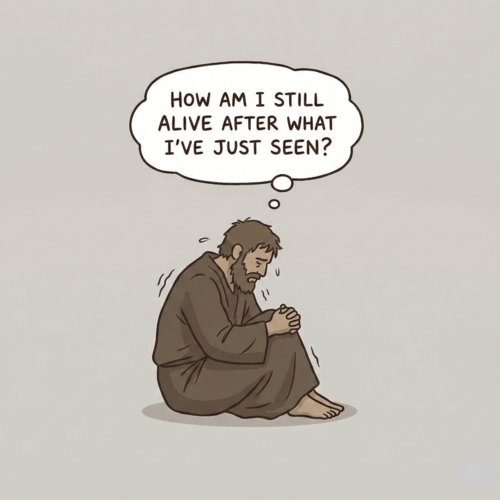
The Throne-Room Vision: Who Did Isaiah See?
The scene is unforgettable: Isaiah stands in the temple, and suddenly the veil between heaven and earth tears open. He [...]

The Angel of the Lord: Can We Be Certain It Was Christ All Along?
Throughout the Old Testament, a mysterious figure appears: the Angel of the LORD. He speaks as God, bears God’s name, [...]
SUPPORT US:
Feel the Holy Spirit's gentle nudge to partner with us?
Donate Online:
Account Name: TRUTHS TO DIE FOR FOUNDATION
Account Number: 10243565459
Bank IFSC: IDFB0043391
Bank Name: IDFC FIRST BANK

